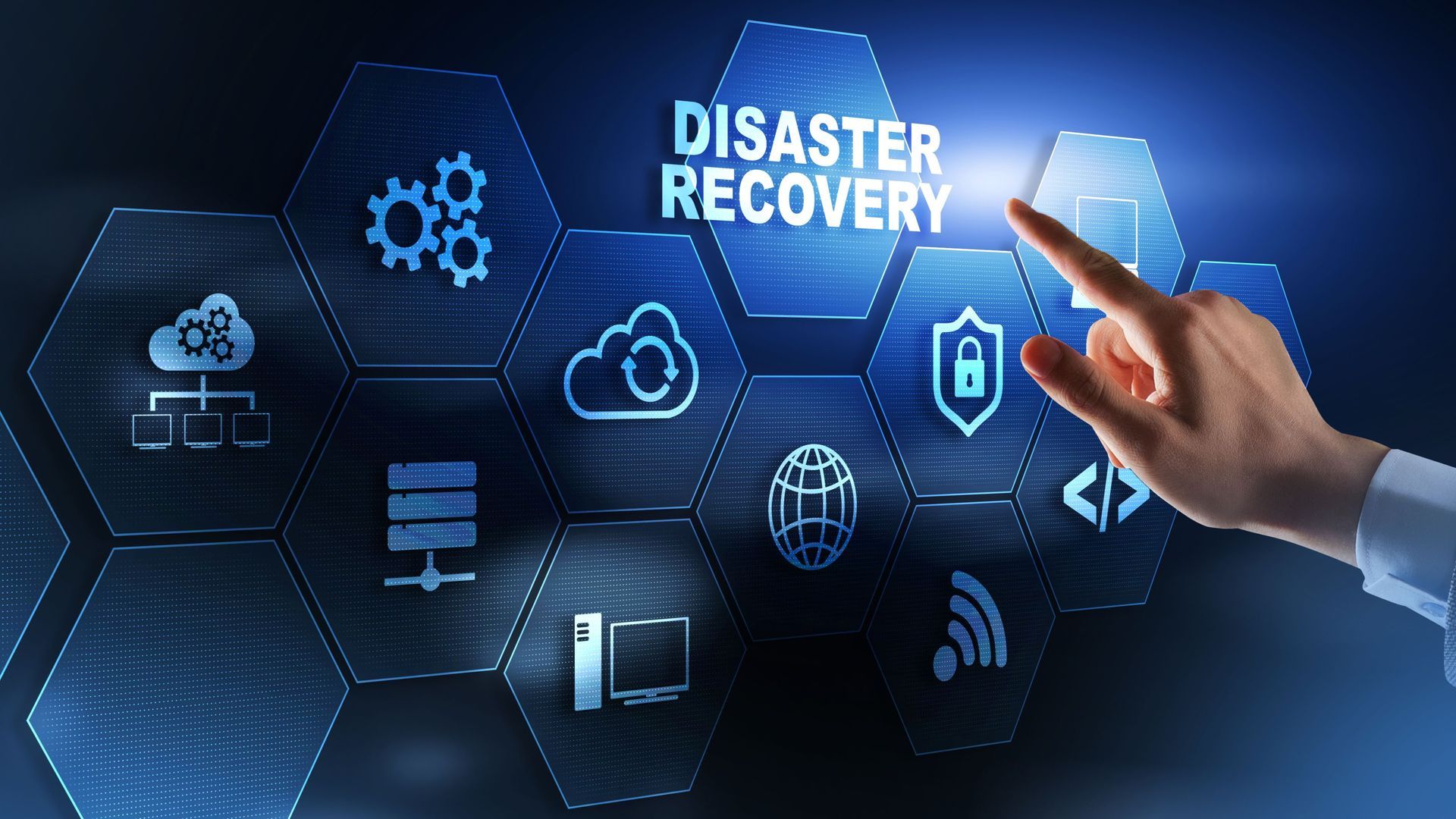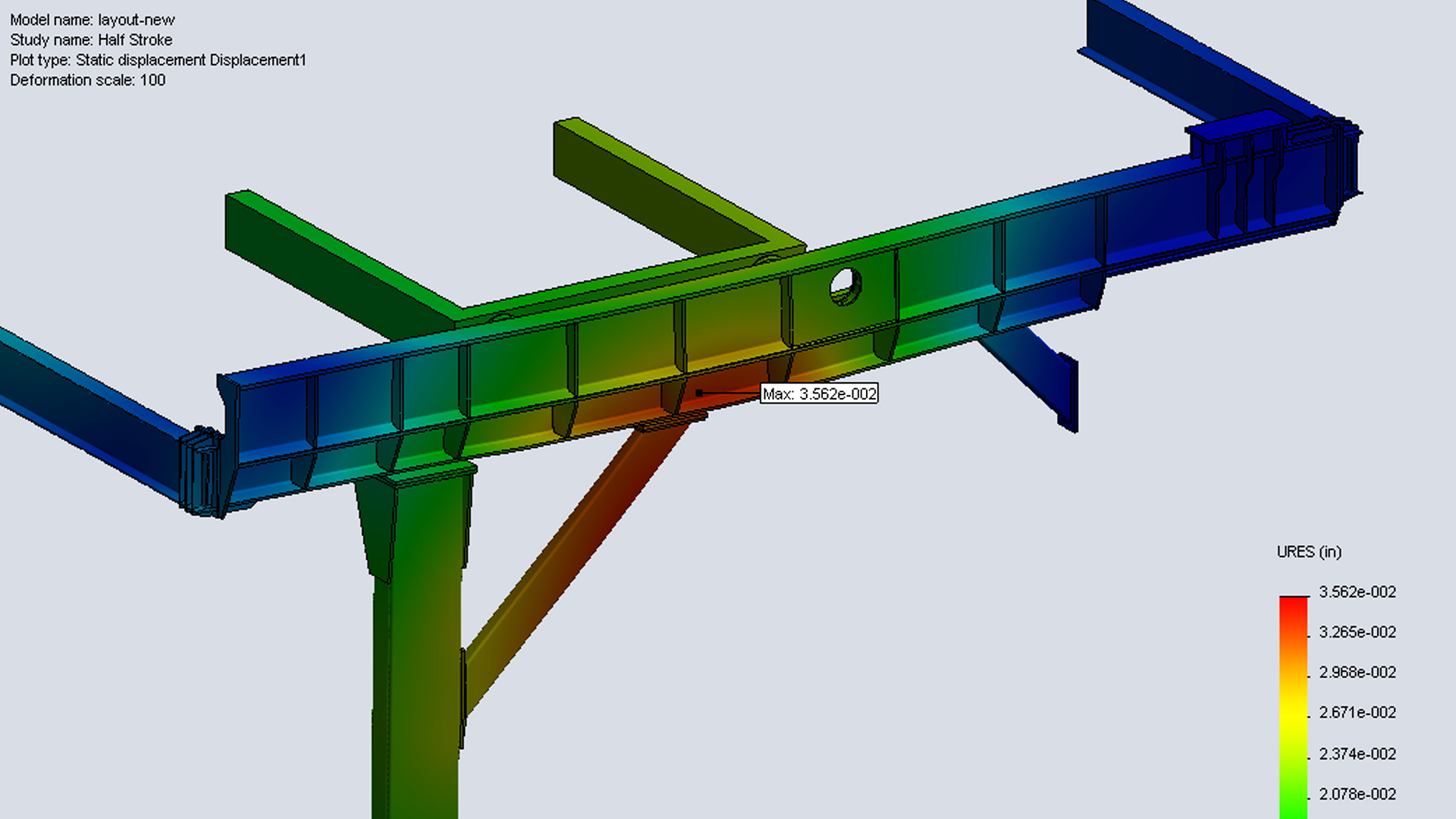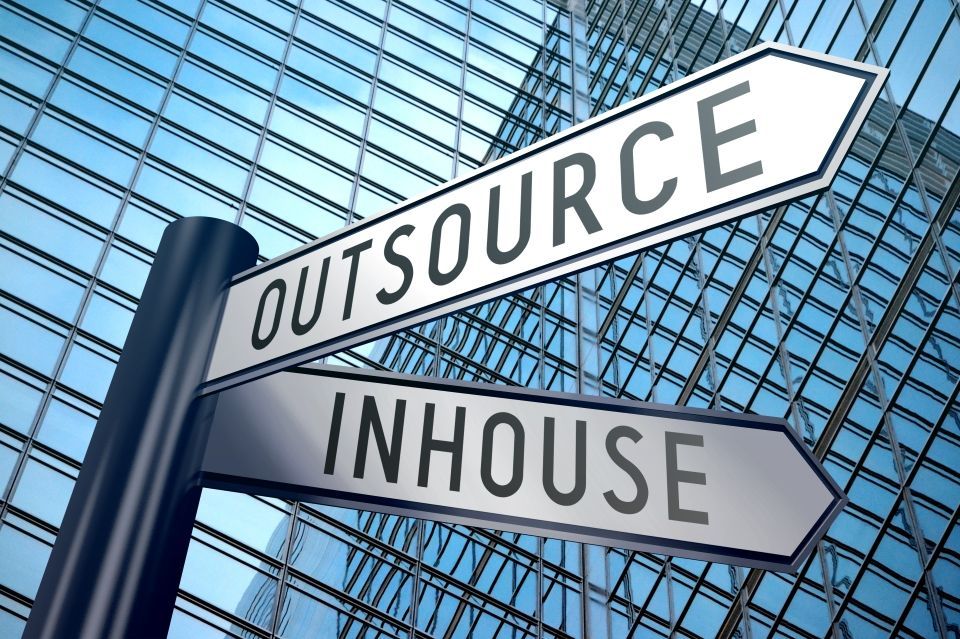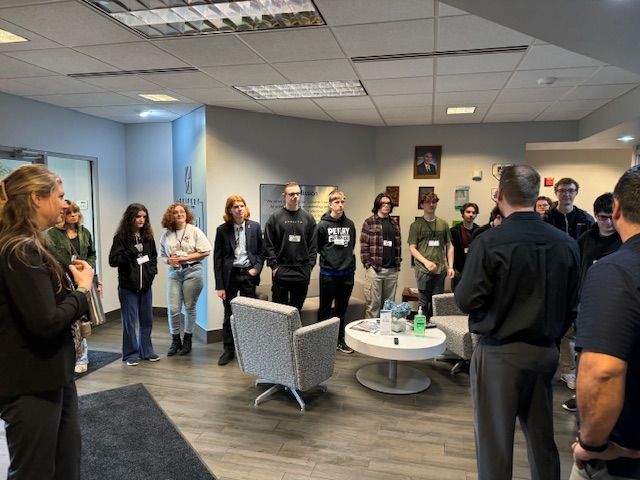Data Backup is NOT Disaster Recovery: Why Your Business Could Be at Risk

Backups protect your files. Disaster recovery protects your business.
Most business owners understand the importance of backing up their data. Few realize that backups alone won’t protect them when disaster strikes. Relying solely on backups is one of the most common (and costly) mistakes business owners can make.
If your organization hasn’t defined a full recovery plan, you could be at risk.
Backup vs. Disaster Recovery: What's the Difference?
Data Backup creates a copy of your files, folders and network systems. These backups can be stored locally or in the cloud, and they are meant to protect against data loss.
Disaster Recovery (DR) is a comprehensive strategy outlining how to restore critical IT systems, applications, and operations after a major disruption. It defines key recovery processes, timelines, failover systems, resources and responsibilities.
Having a backup is like having a spare tire; Disaster Recovery is having the right tools and knowing how to use them to get back on the road.
Why Backups Alone Aren’t Enough
Here are a few ways businesses get blindsided when they rely on backups alone:
- Restoration Takes Time: Just because files are saved doesn’t mean your system can be restored instantaneously. Restoring servers, reconfiguring networks and reinstalling applications can take days—or even weeks—without a recovery strategy.
- Lack of Prioritization: Not all data is equal. Without a recovery strategy, teams waste hours recovering low-priority files while other critical systems remain offline after a ransomware attack, server failure or natural disaster.
- Downtime Is Expensive: According to FEMA, 90% of small businesses fail within a year if they can’t reopen quickly after a disaster. Downtime can lead to thousands of dollars in lost revenue, damaged reputations, compliance violations and lost productivity.
- Cybercriminals Target Backups: Modern ransomware attacks often look for and encrypt backups first. If your backup isn’t isolated or secure, it could be compromised before you even know there’s a problem.
What a Resilient Disaster Recovery Strategy Looks Like
Build real-world resilience with a practical, right-sized recovery plan:
- Redundant, Automated Backups: Implement multi-layered backup strategies that include local and cloud storage, to ensure that even if one method fails, your data is still recoverable.
- Defined RTO and RPO Goals: Define Recovery Time Objectives (RTO) and Recovery Point Objectives (RPO) to determine how quickly your systems must be restored and how much data loss is acceptable. These benchmarks will guide the technology and processes used in your plan.
- Disaster Recovery Runbook: Outline the step-by-step process for restoring operations after a disaster. Include system dependencies, key personnel responsibilities and a communications strategy.
- Regular Testing and Validation: Conduct routine Disaster Recovery drills and simulations to ensure your systems and people are ready.
- Cloud-Based Recovery Options: For businesses that can’t afford extended downtimes, explore Disaster Recovery as a Service (DRaaS) options. This allows you to spin up virtual versions of critical systems from the cloud, often within hours or minutes, depending on business needs.
Don’t Wait Until It’s Too Late
Data loss, cyberattacks, power outages and hardware failures are not rare events—they’re part of an everyday business environment in our always-on, always-connected world. The companies that survive and thrive through these events are the ones that plan ahead.
Disaster recovery isn’t just for large enterprises. Small and mid-sized businesses have the most to lose from prolonged downtime. The good news is that with the right IT partner, recovery is more accessible and affordable than ever.
Let’s Build Resilience—Together
At Seifert Technologies, we specialize in right-sized, strategic disaster recovery solutions for growing businesses. Whether you're starting from scratch or want a second opinion on your current backup strategy, we’re here to help. We’ll evaluate your setup, identify vulnerabilities and recommend a path toward true resilience.
Contact us today to schedule a free consultation. Call 330.833.2700 ext. 113 or email sales@seifert.com.












